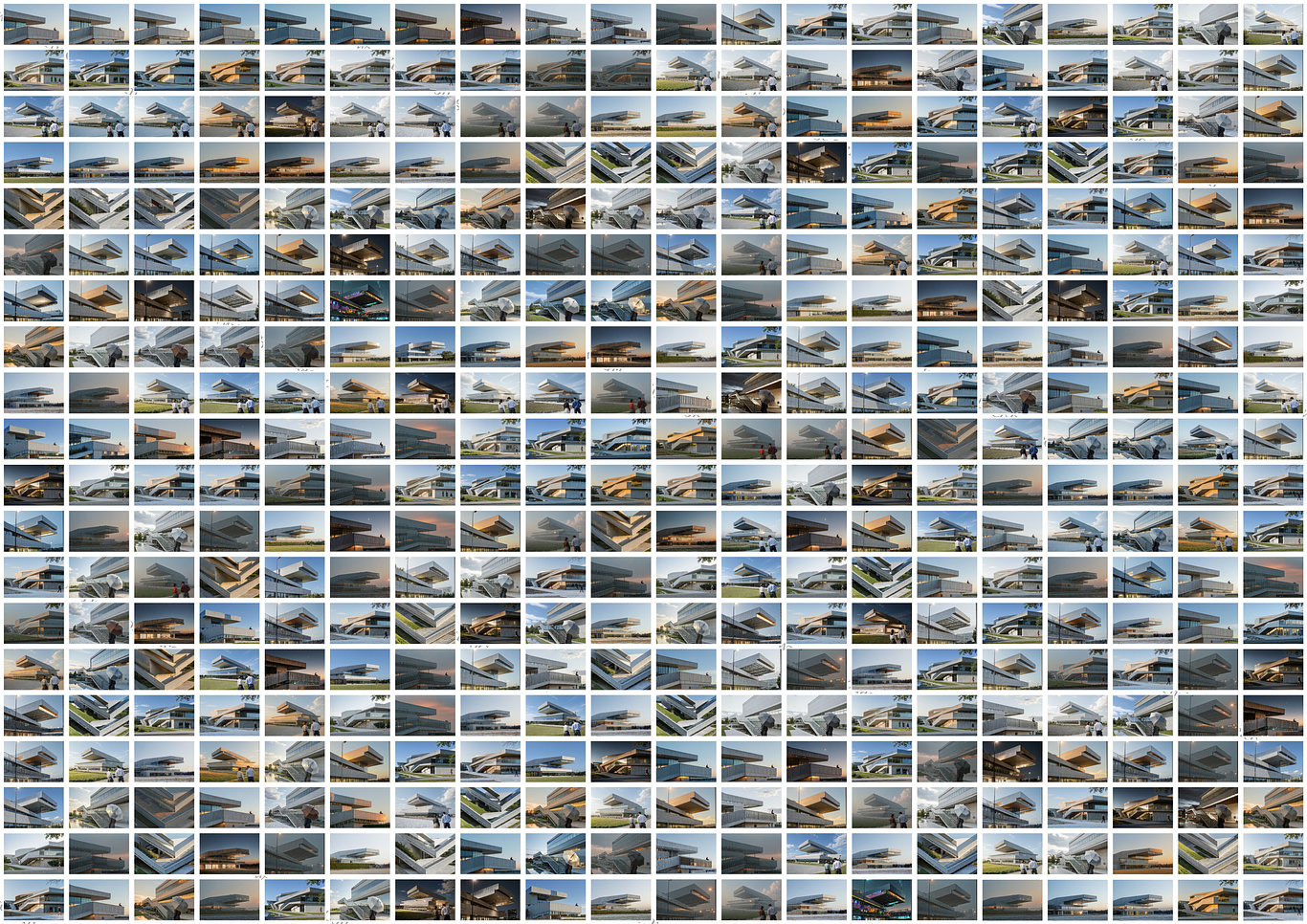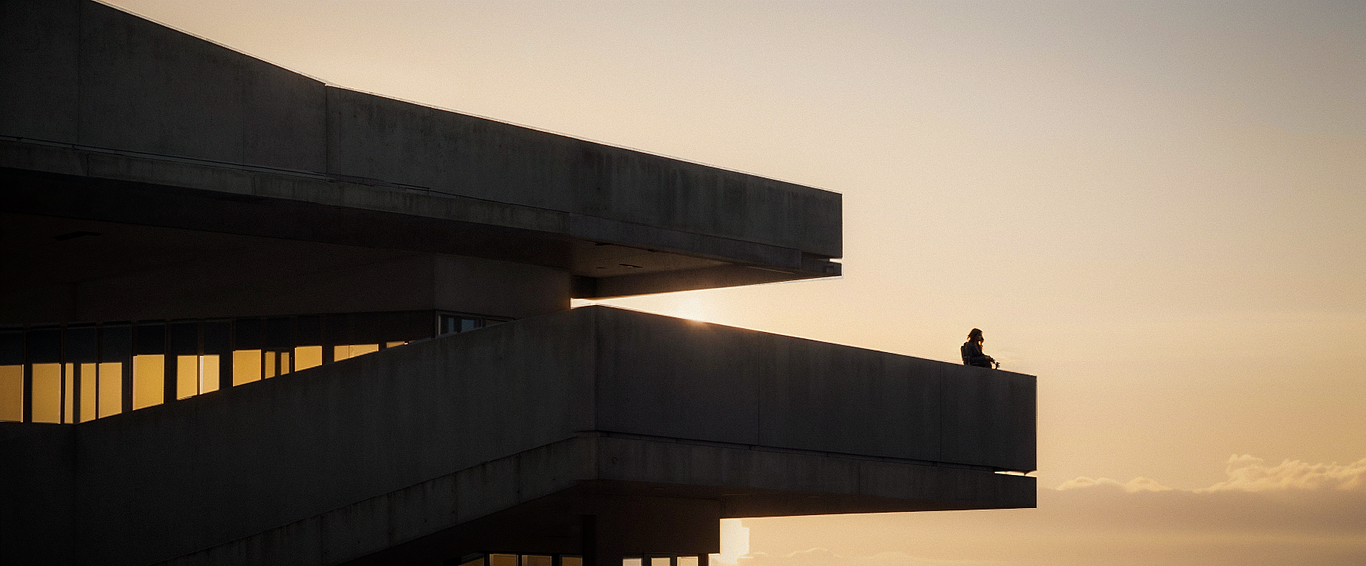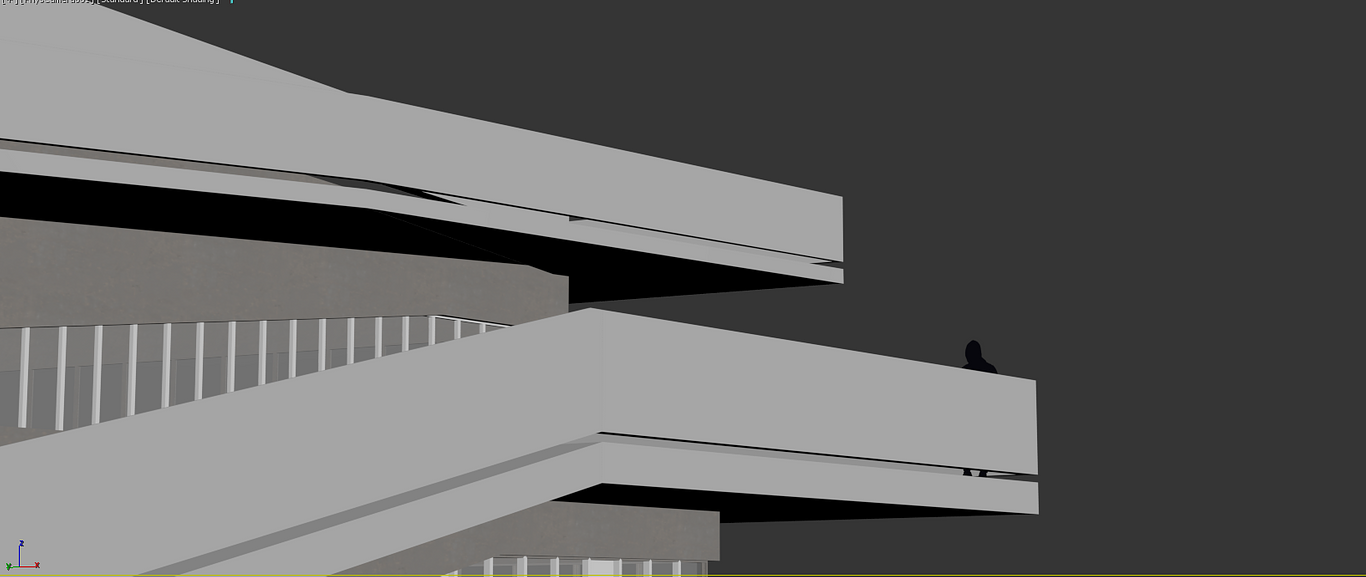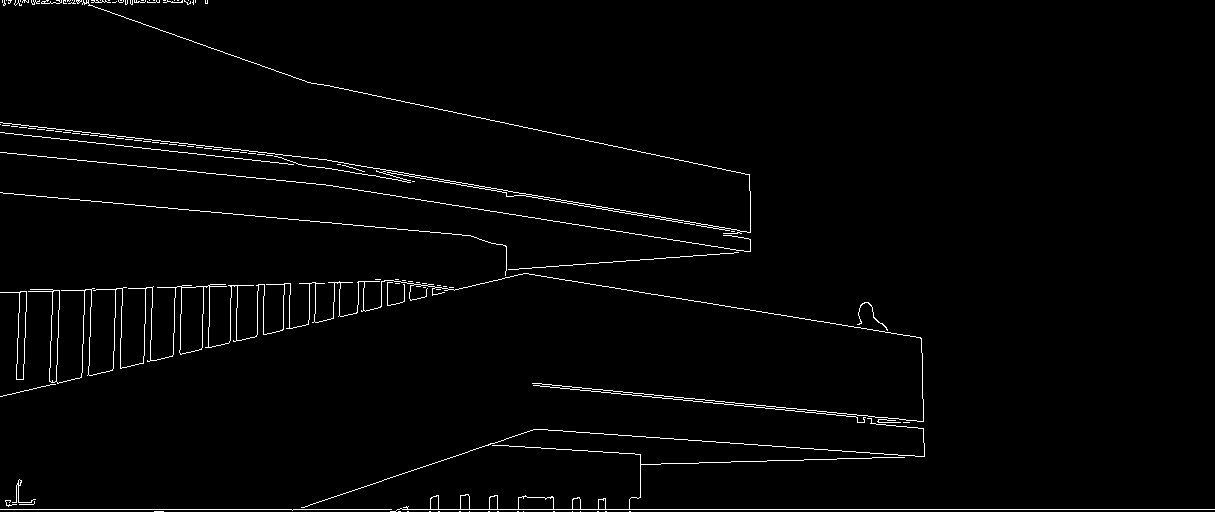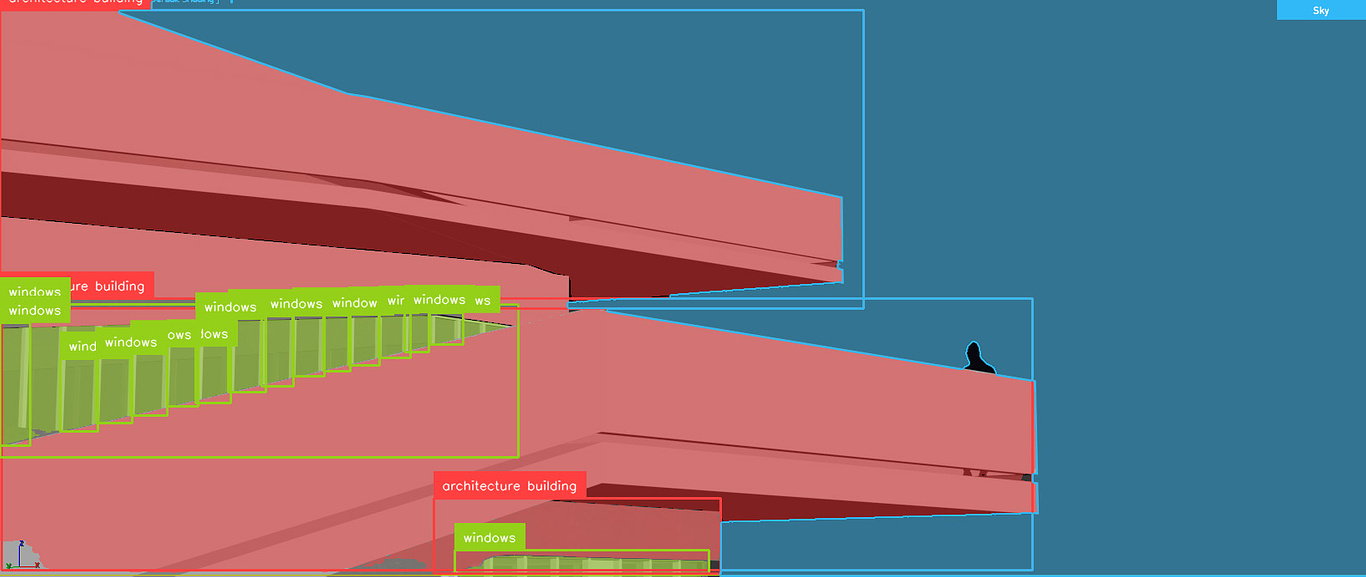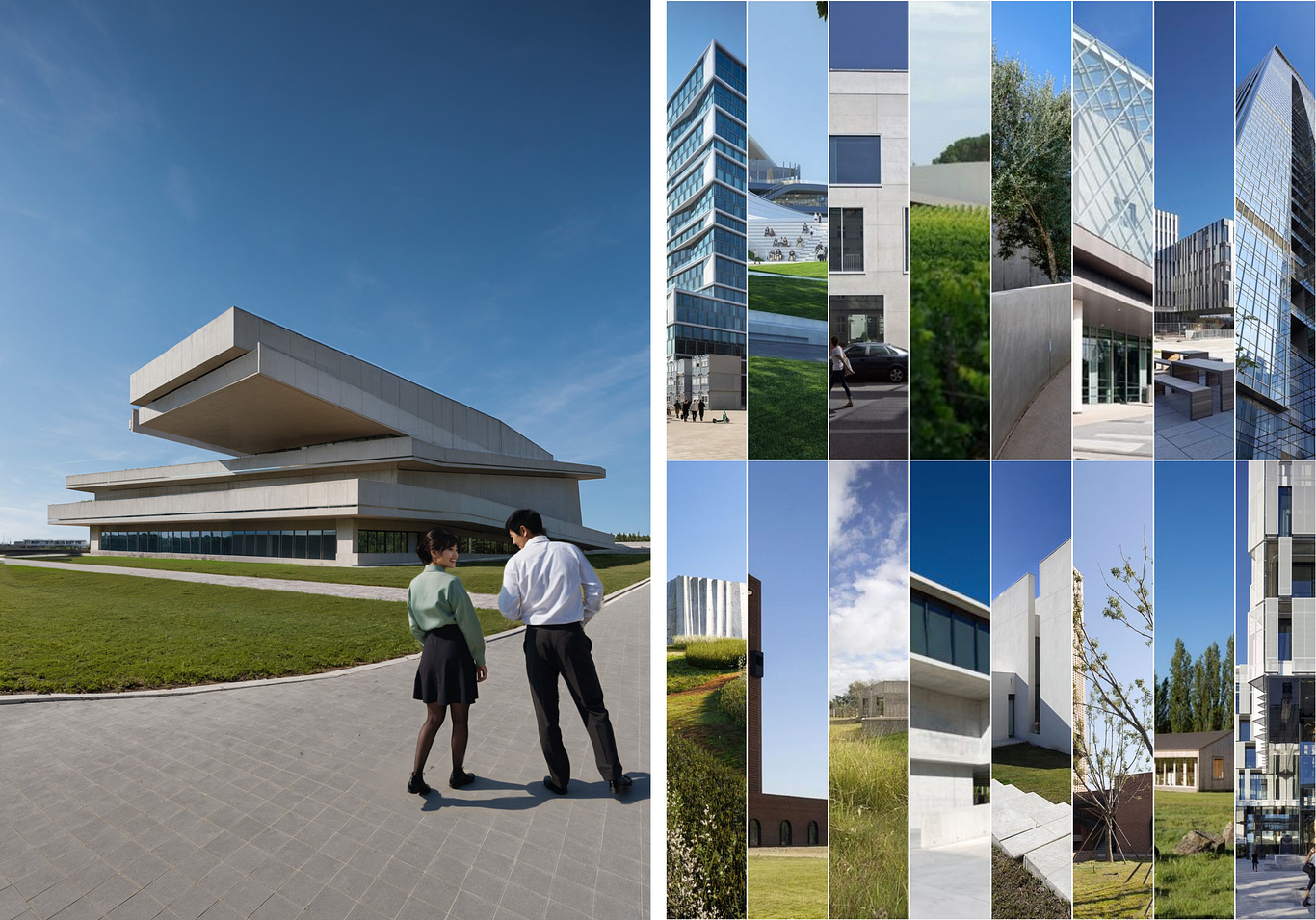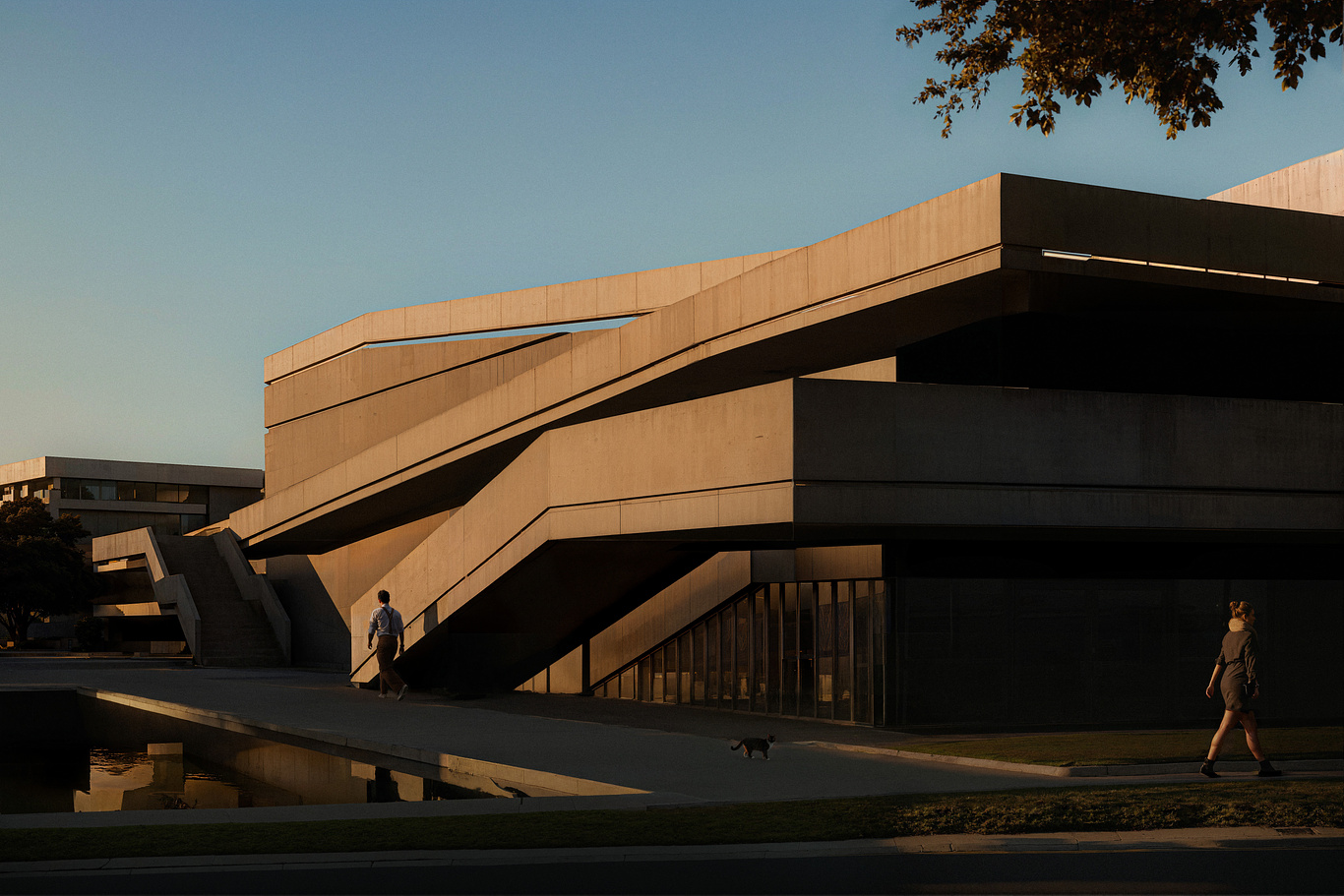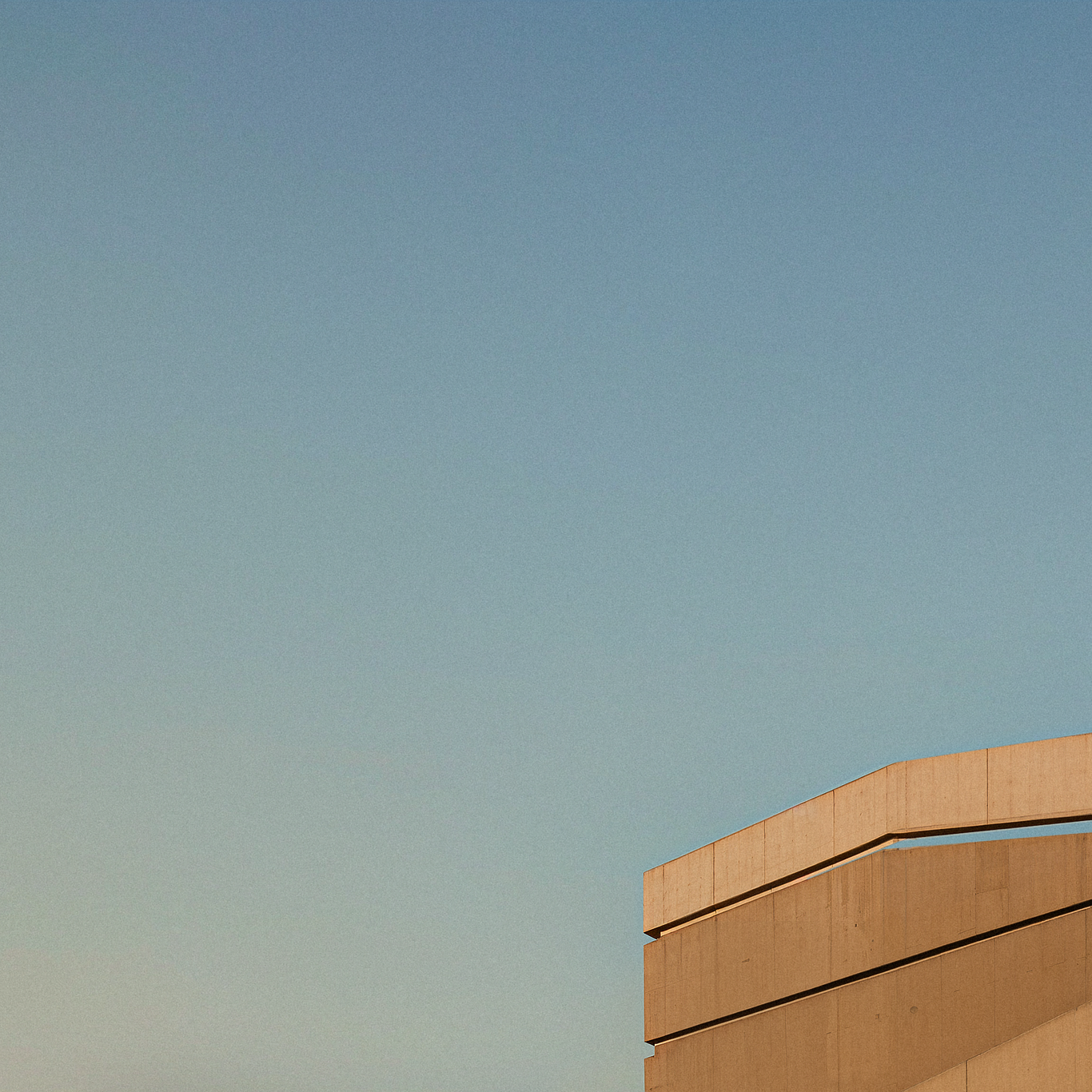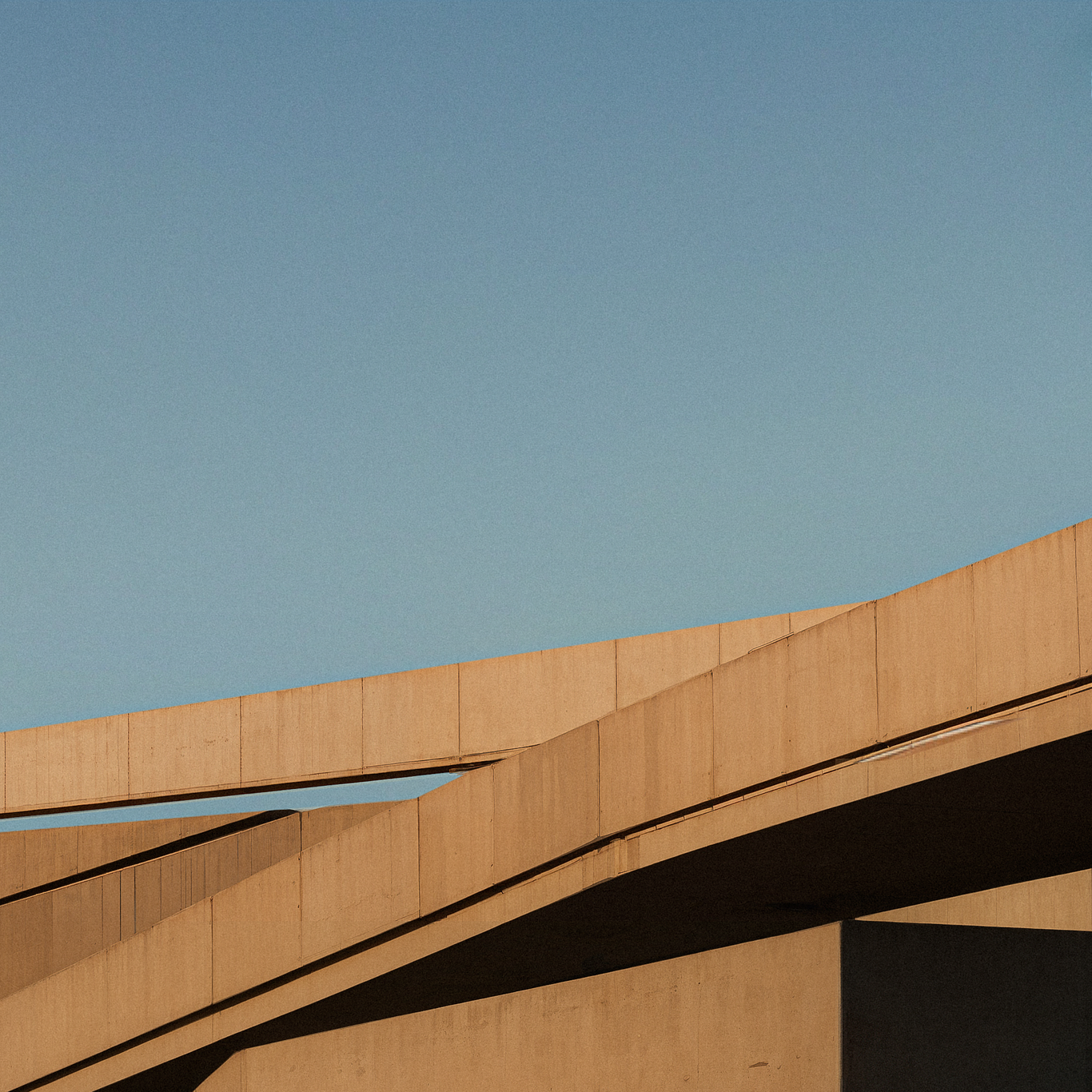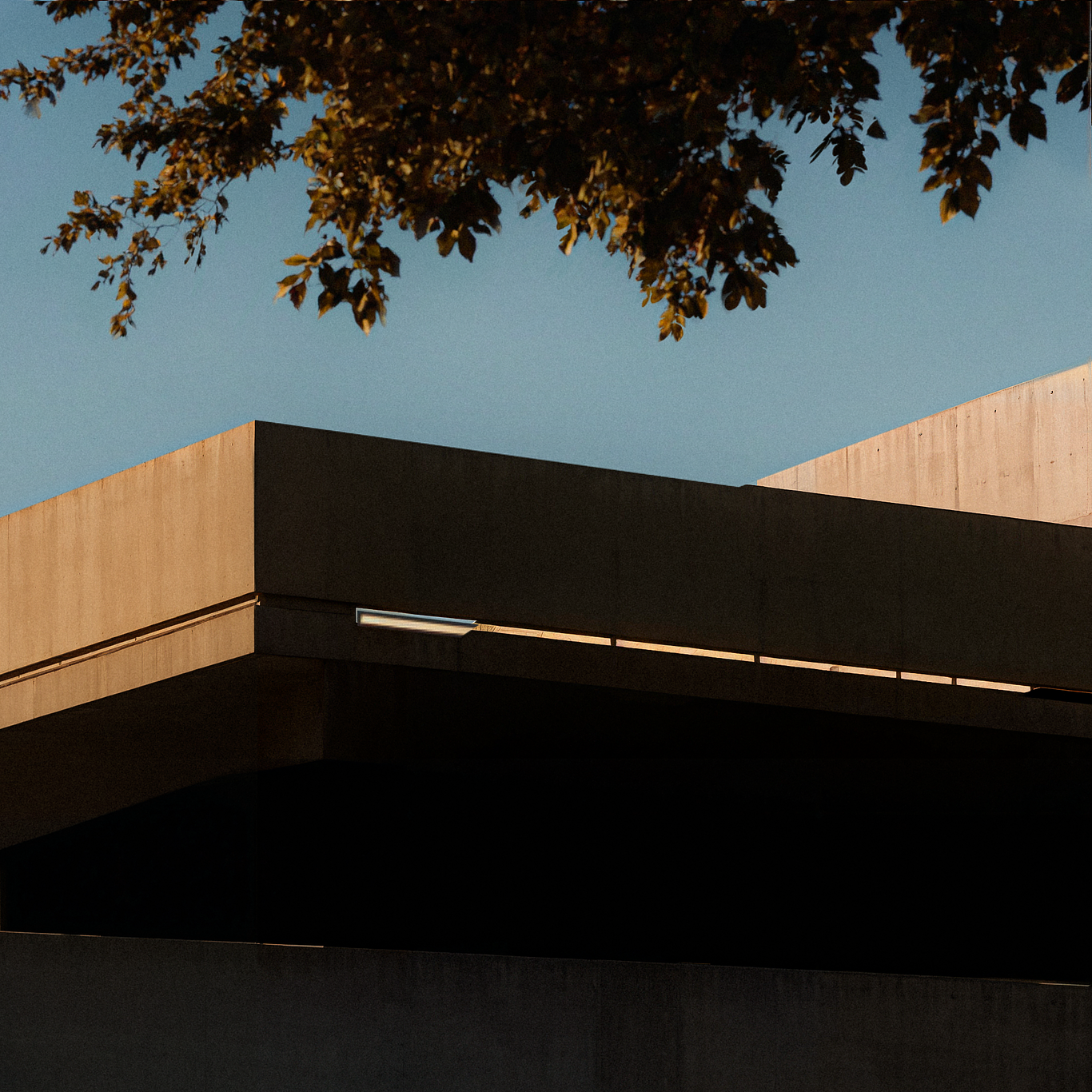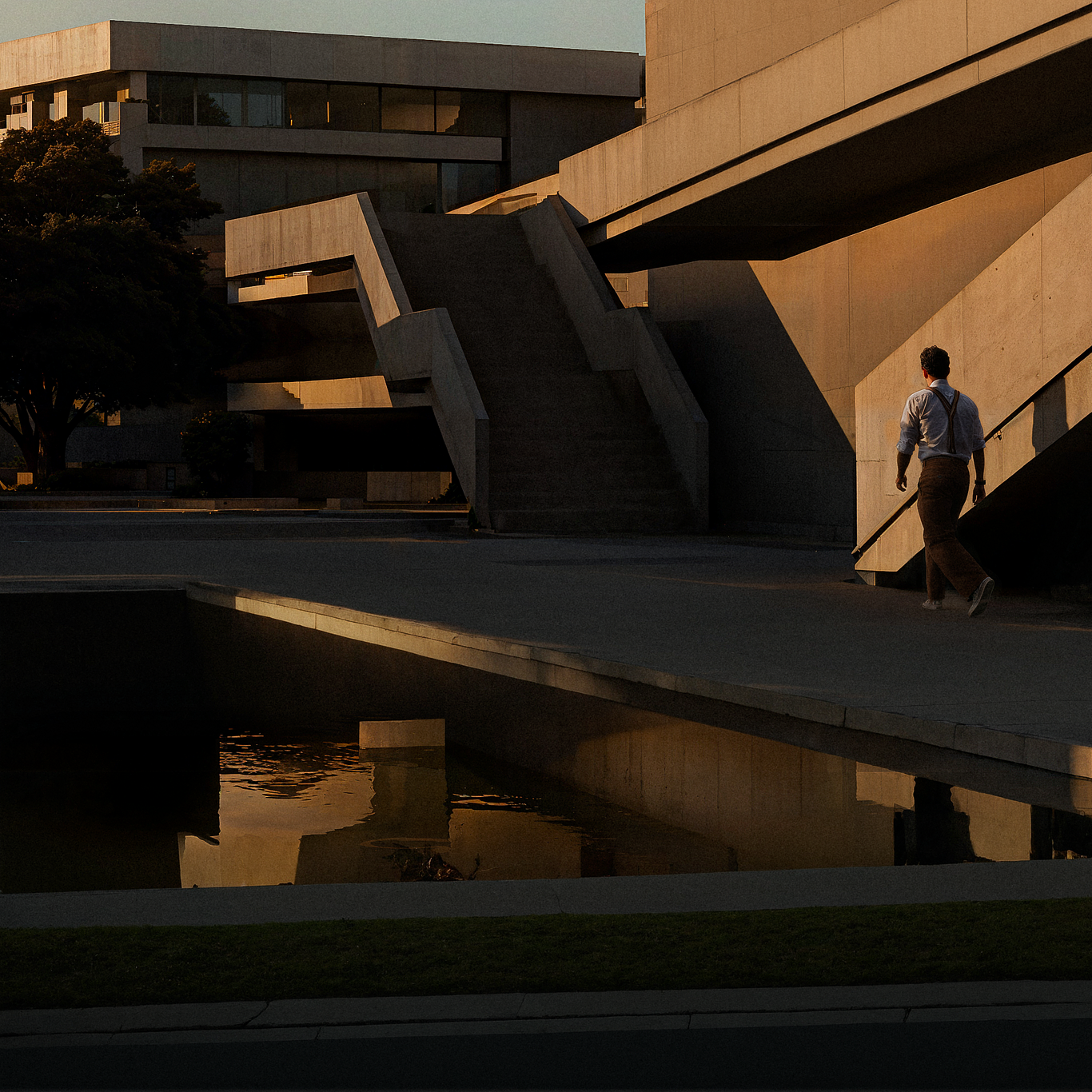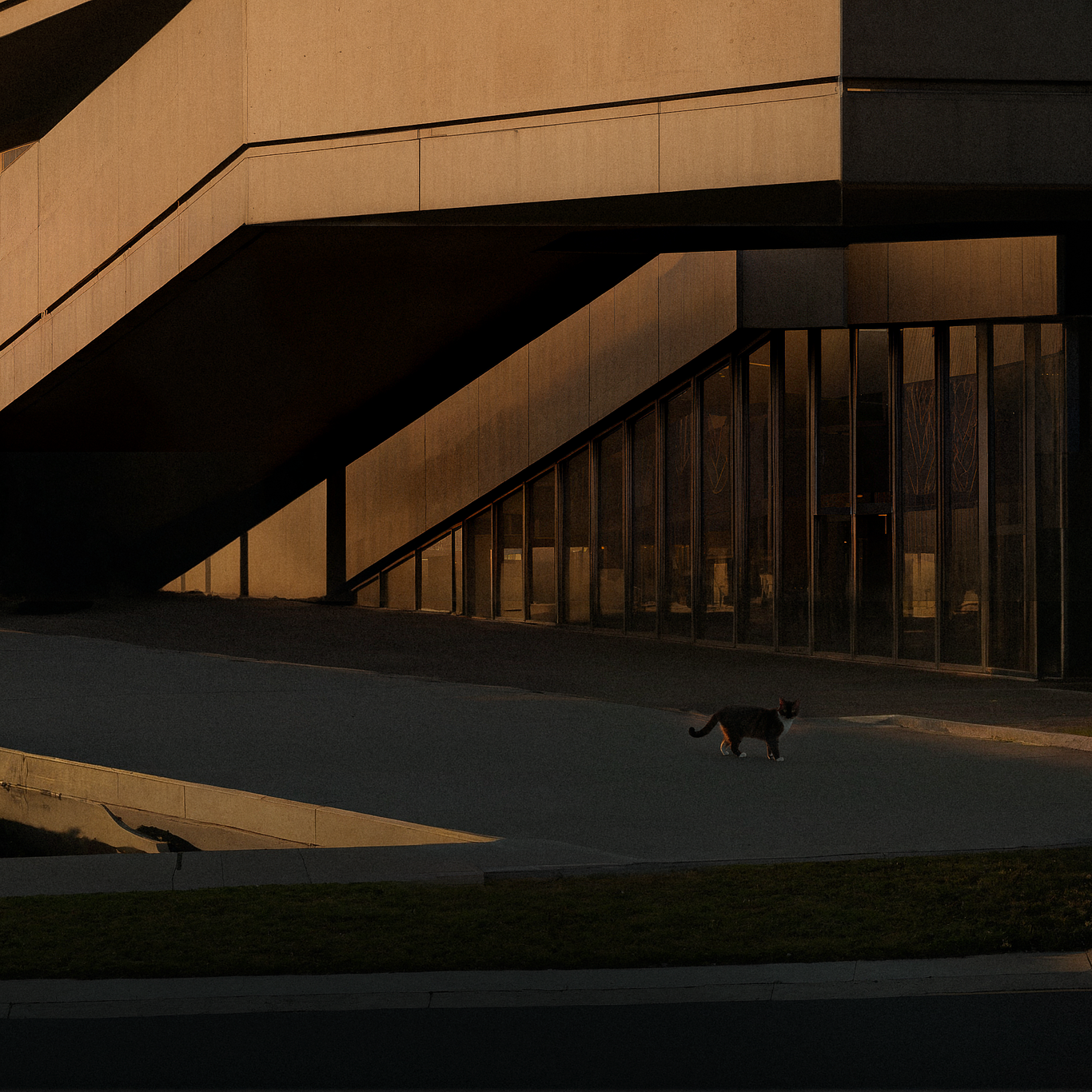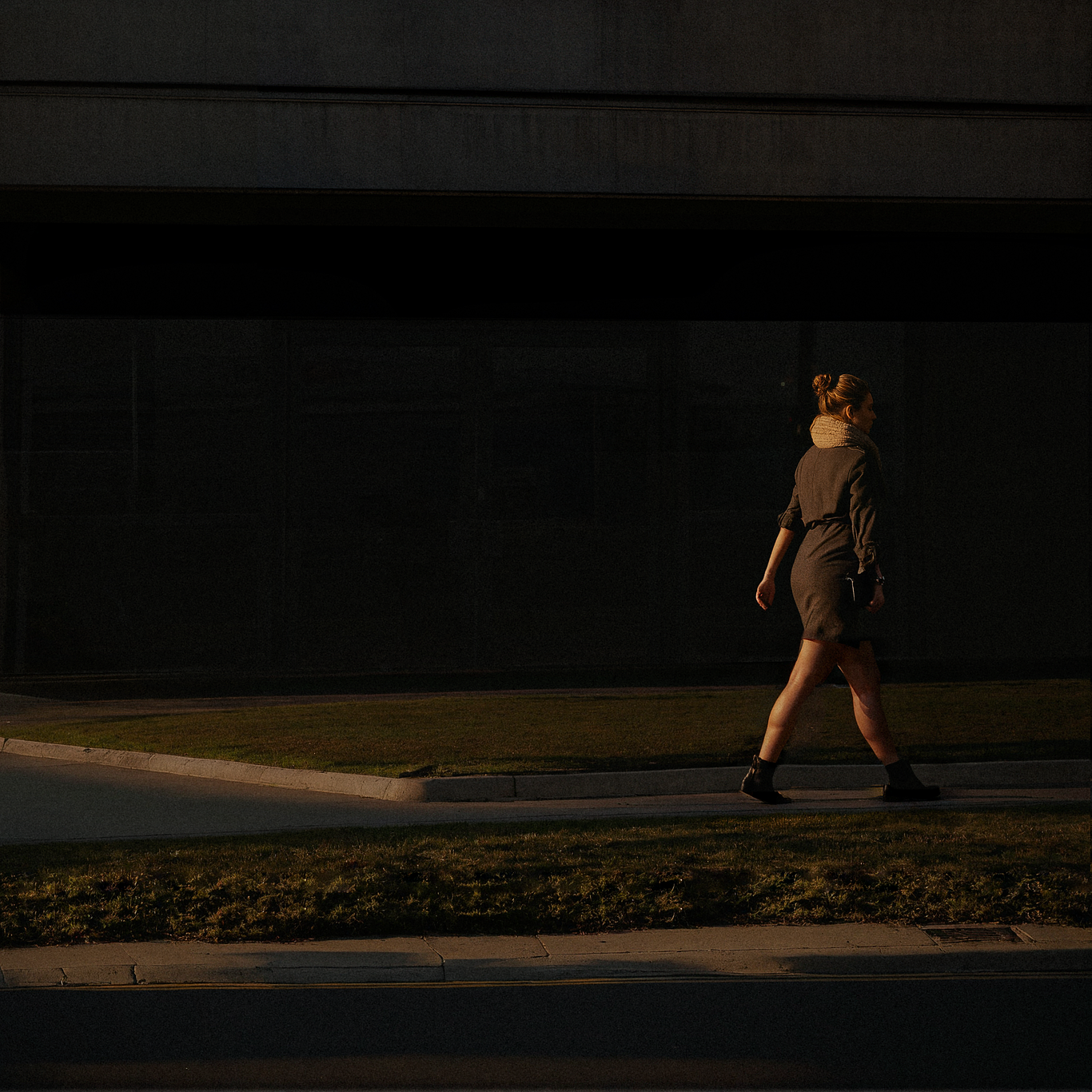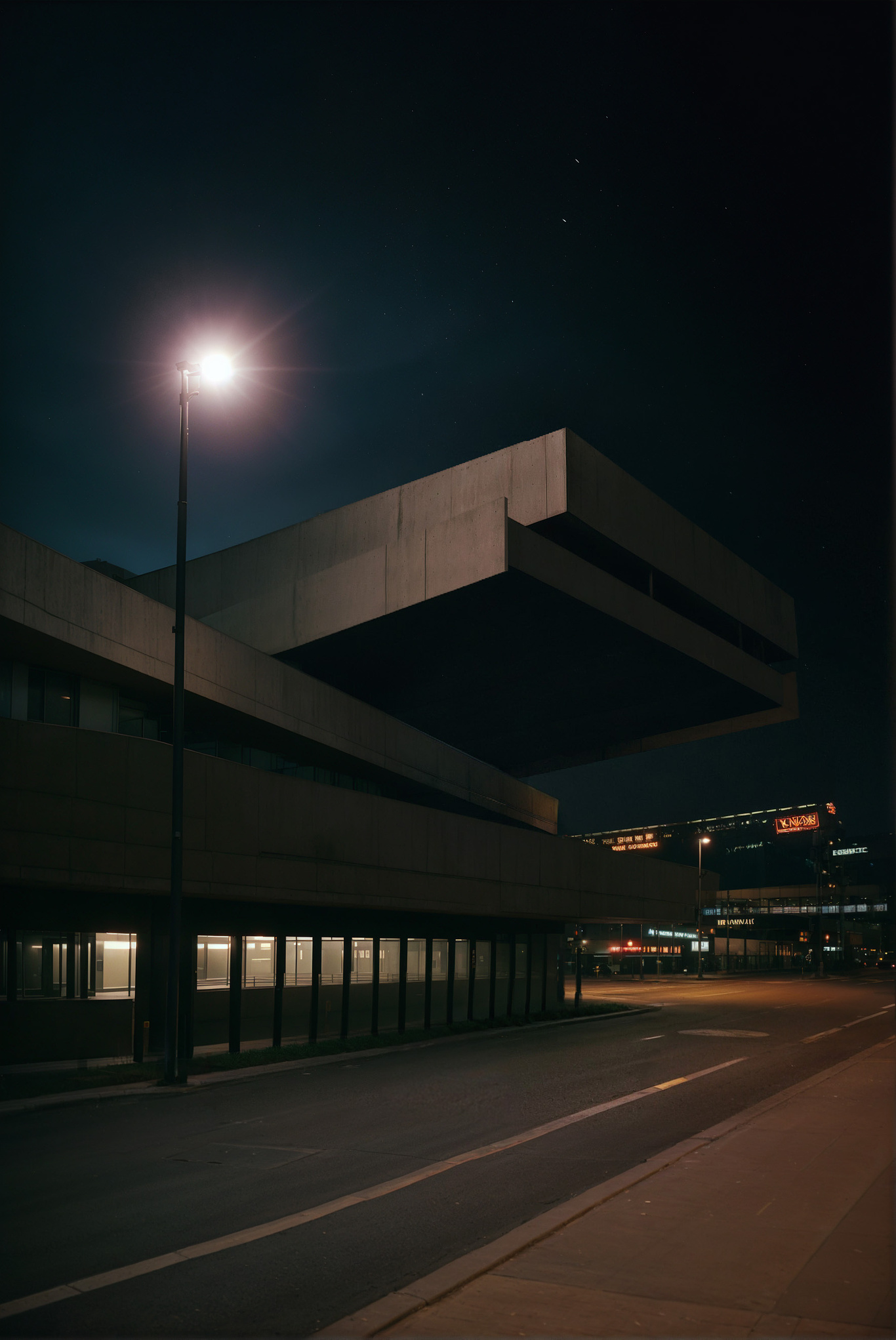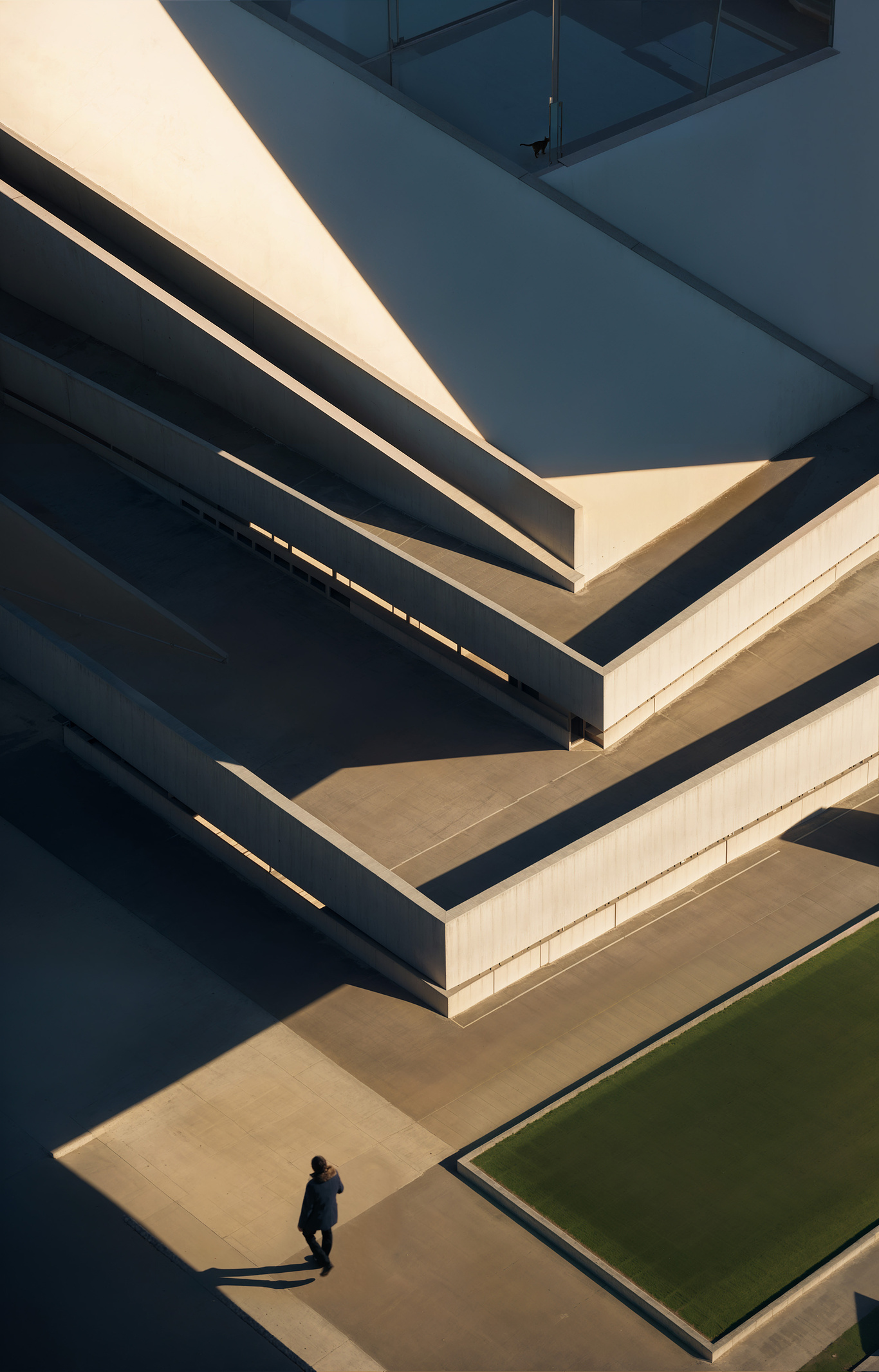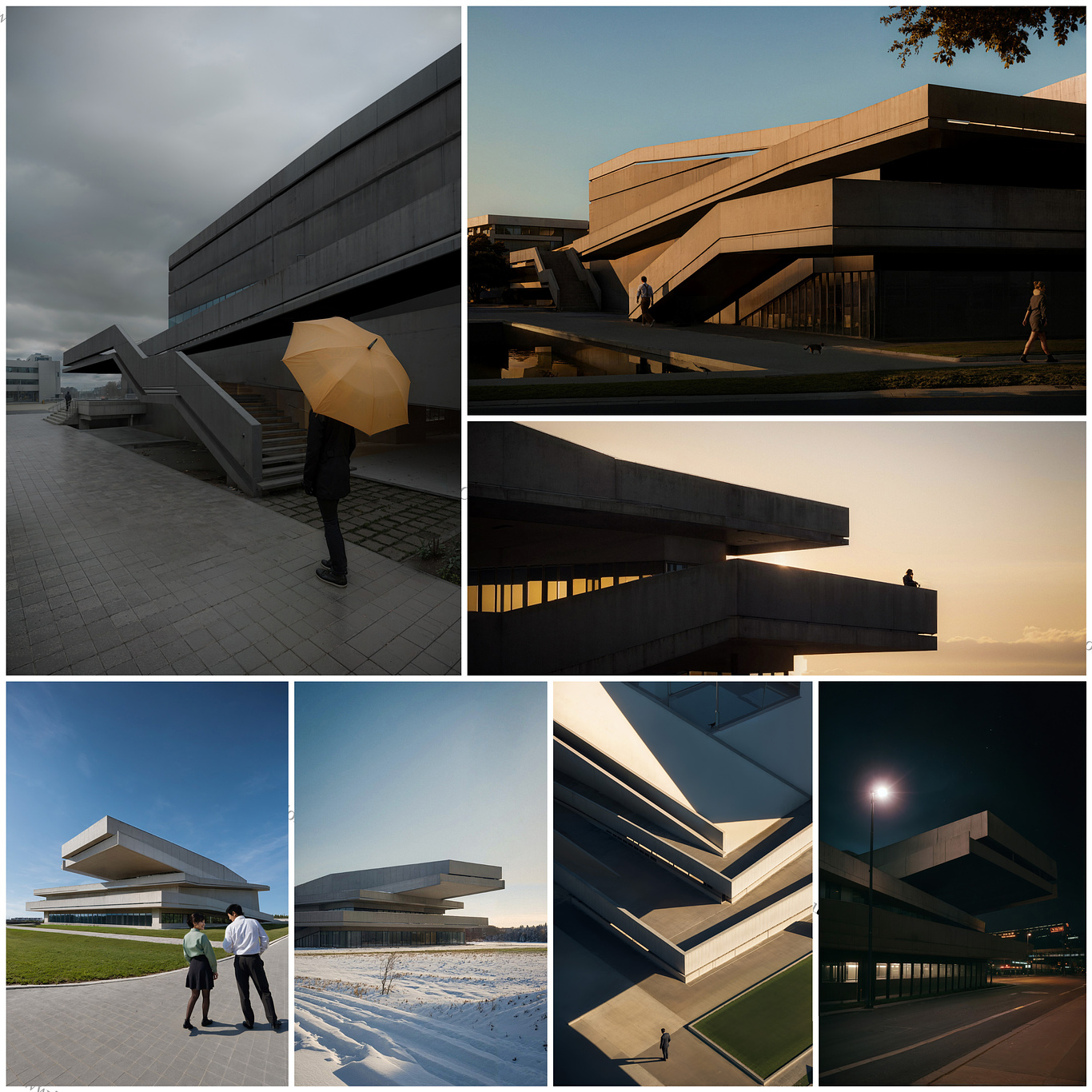Articles
Next-Gen Archviz: Unlocking Potential with Artificial Intelligence
Artificial Intelligence (AI) is one of the most rapidly advancing fields in the modern era, increasingly influencing various industries and professions, including the field of Architectural Visualization (Archviz). In this article, we will explore how advancements in AI can contribute to the enhancement and development of the Archviz profession.
Applications of Artificial Intelligence in the Archviz Profession:
To understand how artificial intelligence can be applied in the field of Archviz, we need to analyze the stages that any Archviz project goes through, which may vary depending on the company. However, generally speaking, we can divide the creative journey for an image into three stages: composition, lighting, and detailing.
To understand how artificial intelligence can be applied in the field of Archviz, we need to analyze the stages that any Archviz project goes through, which may vary depending on the company. However, generally speaking, we can divide the creative journey for an image into three stages: composition, lighting, and detailing.
Composition:
Fortunately, AI's role in the lighting aspect of Archviz is still quite limited. While it can offer some suggestions, based on my experience, the primary creative decisions are still made by the artist. This includes selecting the camera angle, composition, and the narrative conveyed by the image.
Fortunately, AI's role in the lighting aspect of Archviz is still quite limited. While it can offer some suggestions, based on my experience, the primary creative decisions are still made by the artist. This includes selecting the camera angle, composition, and the narrative conveyed by the image.
However, the biggest challenge lies in rephrasing the data when presenting it to AI to maintain the compositional elements in the image, ensuring a result that closely matches the original image in terms of composition.
Nobody wants a picture that doesn't accurately reflect the building's design from the 3D file, even if it's visually interesting. This presents a significant challenge for many AI-powered image generation platforms like Midjourney and Leonardo AI.
Nobody wants a picture that doesn't accurately reflect the building's design from the 3D file, even if it's visually interesting. This presents a significant challenge for many AI-powered image generation platforms like Midjourney and Leonardo AI.
However, when it comes to maintaining consistency, there's a different story when we use Stable Diffusion. With various tools available, such as ControlNet(Canny-CPDS_Depth map) and IP adapter(Composition transfer), it becomes easier to ensure that the building's shape and design are faithfully reproduced. When used alongside the appropriate model, these tools can greatly enhance the realism of the image, sometimes achieving a match of up to 90% with the original design.
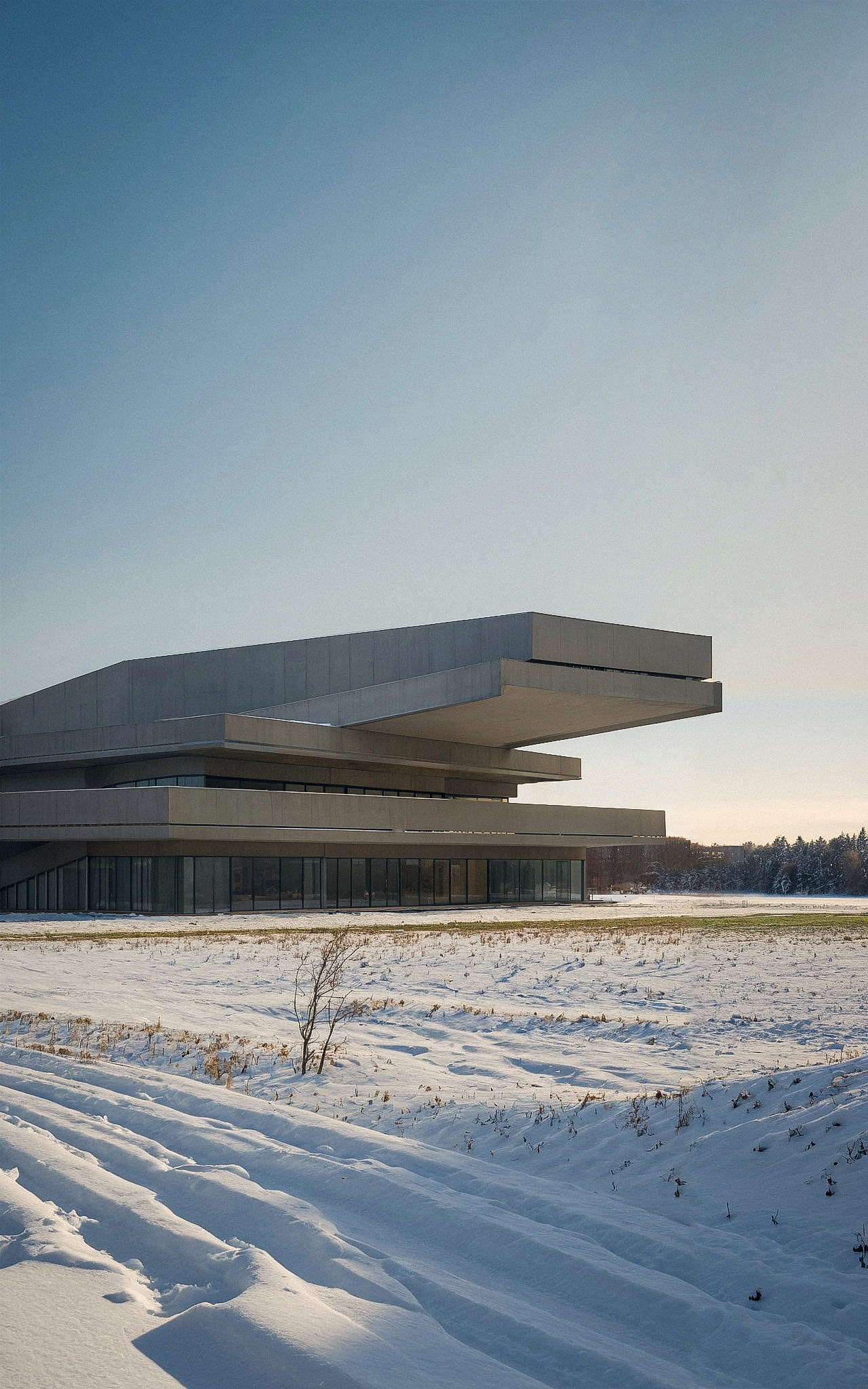
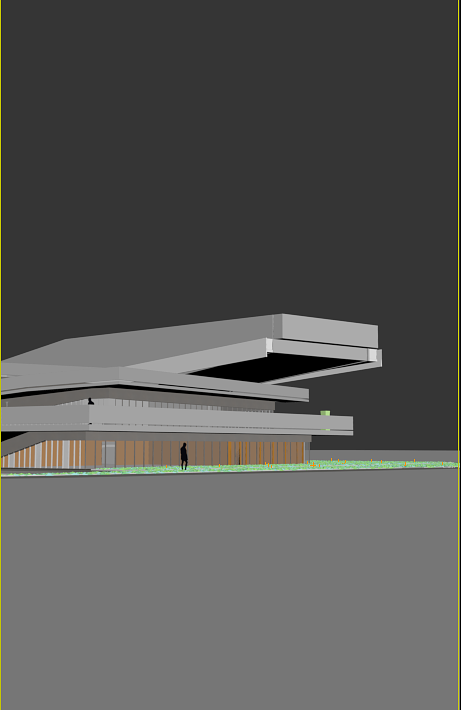
Lighting:
When it comes to lighting and setting the mood, AI has made remarkable contributions in this area. Because AI models are trained on high-quality images with rich colors, the results produced by most AI platforms are stunning, providing a wide range of creative possibilities.
However, there's a big challenge when we want to create an image with specific colors or a particular mood. Usually, we try to describe the mood and colors using text prompts, as seen in platforms like Midjourney.
When it comes to lighting and setting the mood, AI has made remarkable contributions in this area. Because AI models are trained on high-quality images with rich colors, the results produced by most AI platforms are stunning, providing a wide range of creative possibilities.
However, there's a big challenge when we want to create an image with specific colors or a particular mood. Usually, we try to describe the mood and colors using text prompts, as seen in platforms like Midjourney.
On the other hand, in stable diffusion situations, things are simpler. We can achieve this by training a Lora model or using an IP adapter (style transfer), which helps a lot in controlling the colors in the image.
Detailing:
The amount of detail provided by AI is often unlimited and sometimes impossible to achieve in 3D, which helps create an image rich in intricate details.
But when increasing details using AI, it's crucial to be mindful of the quantity of details added to avoid altering the essential content of the design.
The amount of detail provided by AI is often unlimited and sometimes impossible to achieve in 3D, which helps create an image rich in intricate details.
But when increasing details using AI, it's crucial to be mindful of the quantity of details added to avoid altering the essential content of the design.
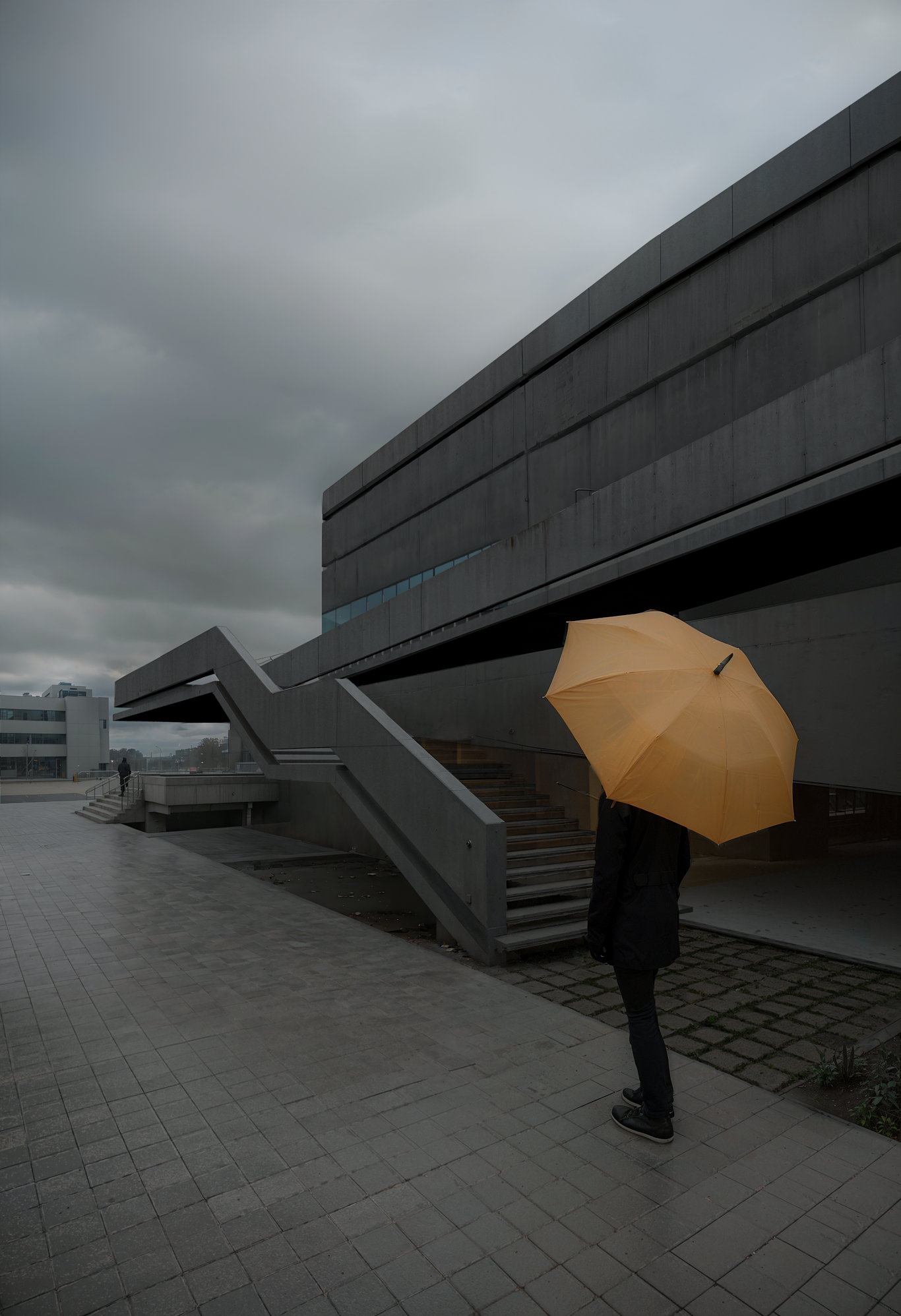
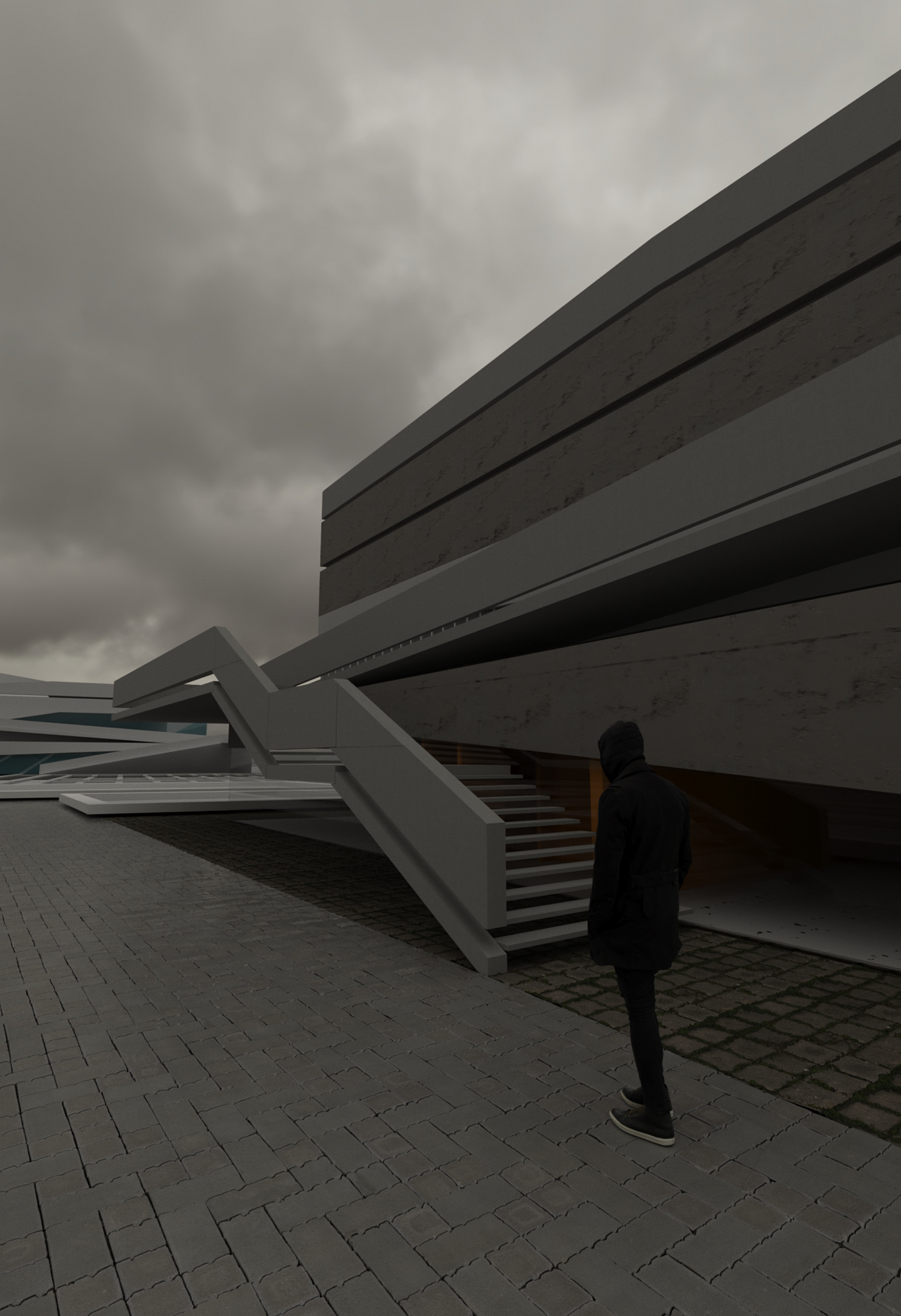
In conclusion, AI presents significant opportunities for Archviz, enhancing creativity and efficiency. Despite concerns, AI tools like Stable Diffusion, offer ways to maintain control and consistency while leveraging AI's capabilities. As AI continues to evolve, collaboration between human creativity and technology will drive Archviz to new heights, creating immersive visual experiences with boundless potential.
You must be logged in to post a comment. Login here.
About this article
Next-Gen Archviz: AI's Transformative Impact" delves into how artificial intelligence (AI) revolutionizes Architectural Visualization (Archviz). It discusses AI's influence on composition, detailing challenges, and highlighting its role in enhancing realism and creativity. With tools like Stable Diffusion, AI pushes Archviz's boundaries, transforming visual storytelling.
visibility694
favorite_border1
mode_comment0


